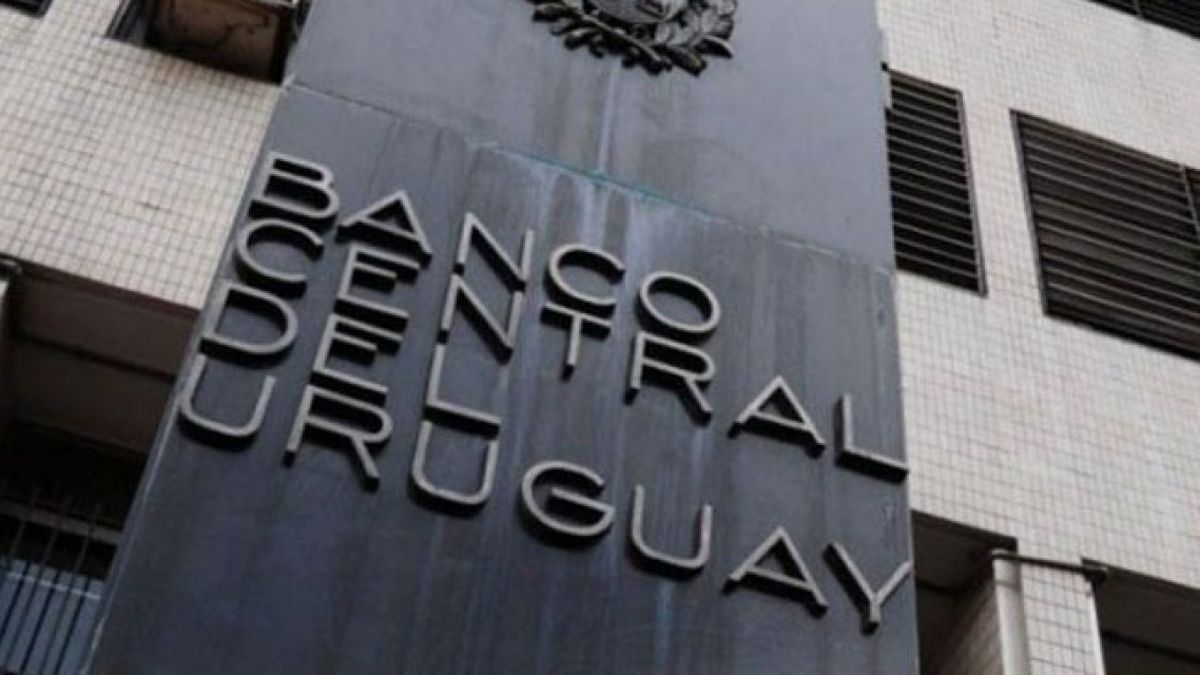He GDP increased 1% in the third quarter, compared to the previous quarter on a seasonally adjusted basis, as reported by the Central Bank of Uruguay (BCU).
Compared to the same period last year, the GDP fell 0.2%, mainly due to the decrease in the generation of energy (11.3%) and in the activity of the construction (8.6%). In addition, a year-on-year drop of 1% was recorded in the sector industrial, with incidence of stoppage Ancap, which was contrasted with greater refrigeration activity and the start-up of UPM 2.
All this was compensated by a greater agricultural production (9.6%), mainly due to wholesale task and older forestry activity, associated with the new plant cellulose.
In turn, the item grew 2.6% year-on-year Transport and comunication, due to an increase in auxiliary transportation services, mainly. Furthermore, activity continues to increase in telecommunications, due to increasing levels of data transmission. On the contrary, external demand for information technology. Likewise, activity increased in financial and professional services (3.7% and 2%, respectively).
WhatsApp Image 2023-12-14 at 18.30.30.jpeg
What happened to the demand of the economy
From the perspective of demand, In the third quarter, the economy showed an expansion of consumption and of state spending, which grew 3.4% and 2.7% respectively, compared to the same period in 2022. In the first case, the report of the BCU highlights the increase in tourist spending abroad, mainly in Argentina, as well as the consumption of motor vehicles.
On the contrary, investment fell 11.3% year-on-year, reflecting the completion of the construction works UPM 2 and the Central Railway, that are not compensated by the increased construction of housing.
In the link with the outside, the imports grew 5% year-on-year, while exports they fell 8.2%. In the first case, greater domestic consumption is reflected, with an increase in vehicle imports, for example. Exports reflect the lower sales of soy and vehicles, which is partially offset by higher exports of meats. In services, the report mentions a drop in sales of IT services and other professional services.
In summary, the economy managed to sustain a modest seasonally adjusted advance, with a preponderance of consumption on production and the investment. This is a consequence of the increase in the purchasing power of the population, especially in regional comparison. This increase is also associated with higher local costs, which makes it difficult to competitiveness. Even so, several of the negative effects on the economy are temporary and a final quarter with stronger growth can be expected.
Source: Ambito




